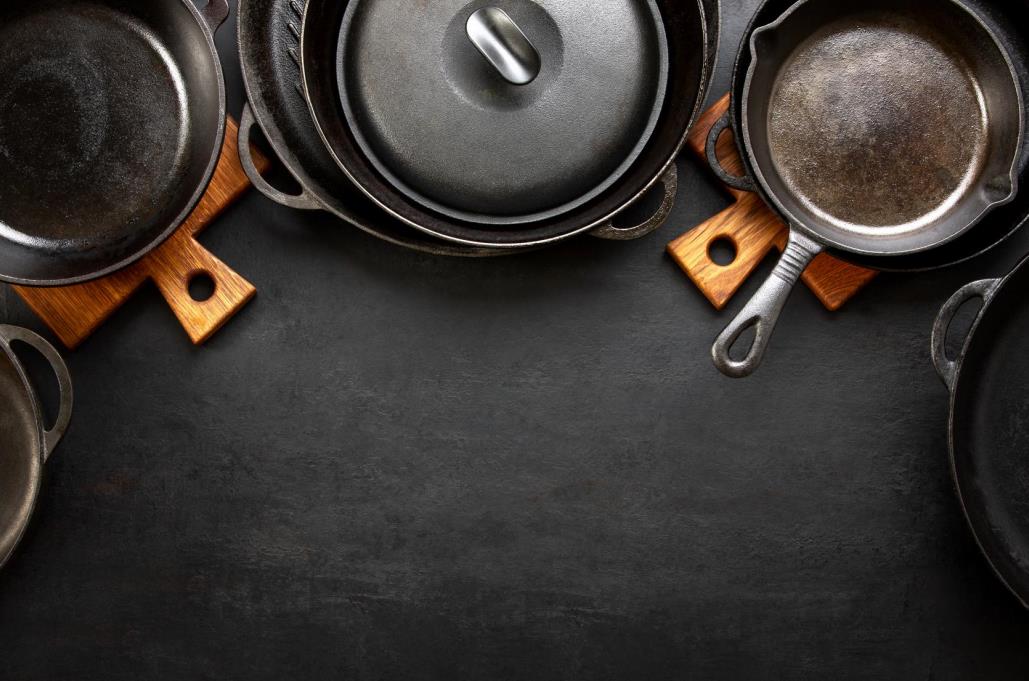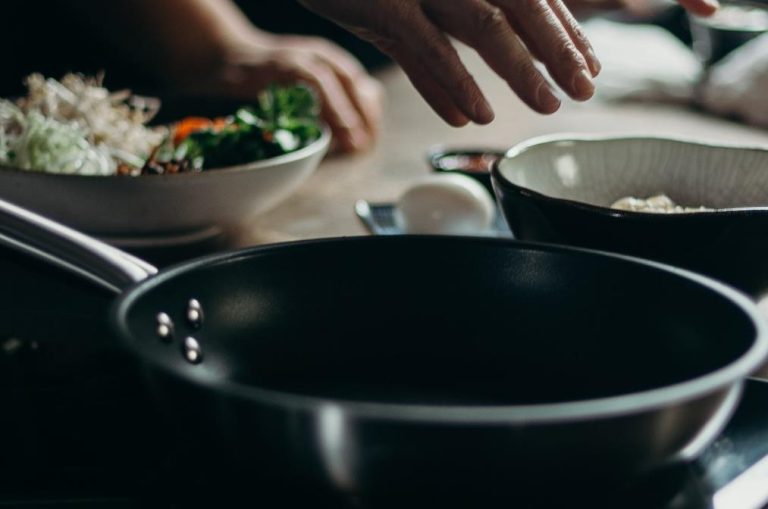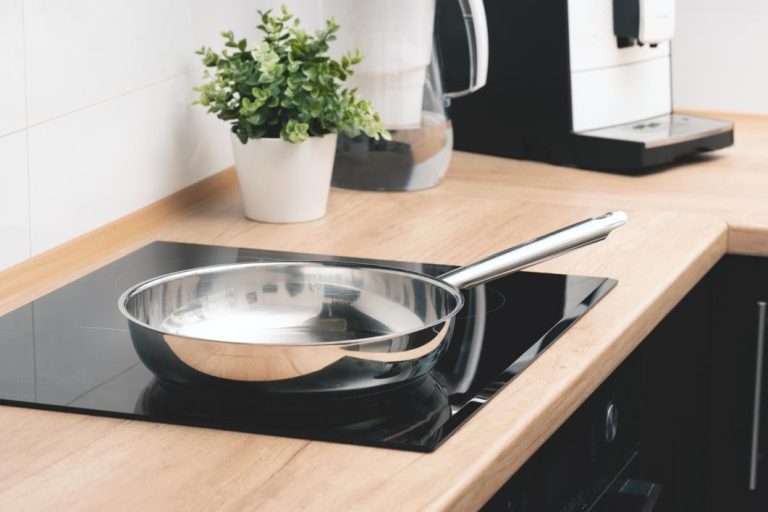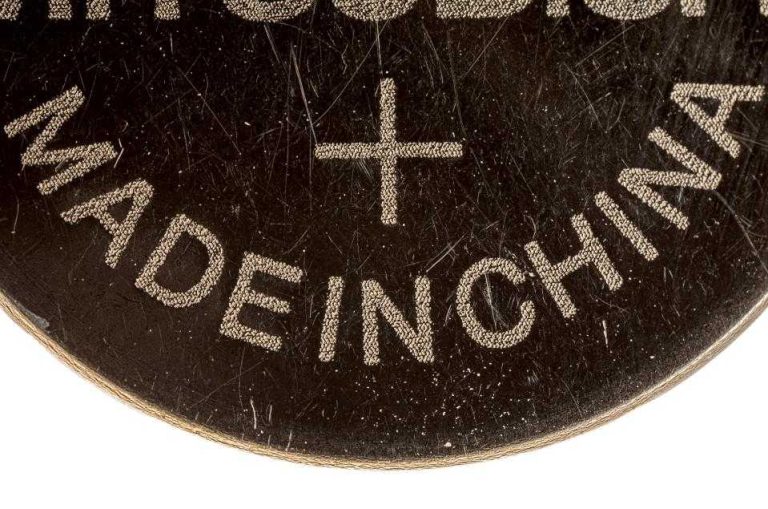Cast iron and stainless steel are the two leading cookware materials. Cooks favor them equally for their ability to prepare various dishes.
Both stainless steel and cast iron can be found in a variety of cookware, but each has its own domain. Cast iron is more for skillets, and stainless steel is for pots and pans.
In this article, we’ll compare cast iron and stainless steel as cookware materials to conclude which is better for your shop. Read to the end to discover the differences in searing foods, heat conduction, maintenance, and much more.
Cast iron cookware
Cast iron was the most popular cookware material before non-stick began replacing them in the 1960s. Since then, there has been a decline in popularity, but the controversy of non-stick materials causing health issues made many cooks return to cast iron.
Cast iron is mainly used for making skillets that offer versatility. Your customers can use them with any heating method, including induction stovetops and open fires.
The cookware made from cast iron is renowned for its heat retention. Although it is a poor conductor of heat, once it gets hot, it stays hot for a satisfying period. Cast iron is also equally durable and indestructible that a good-quality one can last a lifetime. While these, along with its affordable price tag, makes cast iron attractive, it demands from the users.
Cast iron cookware needs to be seasoned to prevent food from sticking and requires a different cleaning approach. Cooks need to clean the debris from the surface and run it under hot water, followed by heating and coating it with oil before storage. These can be bothersome to some users that want more convenience. For these customers, enameled cast iron offers much more flexibility.

Enameled cast iron doesn’t need seasoning or have distinctive cleaning requirements with its vitreous coating that provides a partially non-stick surface. It is like a merger between standard cast iron and non-stick. It can be an ideal cookware material, but the differences between enameled cast iron and bare cast iron must be understood before purchase.
Buy Wholesale Cookware and Start Scaling up with Us Today
Contact us and connect with a sales rep to get a free quote.
Cast iron cookware features
- Cast iron is one of the most durable cookware materials.
- The surface requires seasoning to prevent sticking and burning the exterior of foods.
- Despite the many great qualities, cast iron is very affordable.
- Cast iron is reactive. Cooking acidic foods can strip away the seasoning and add a metallic taste.
Stainless steel cookware
Stainless steel cookware is made from – stainless steel. It doesn’t react with acidic foods, unlike cast iron or aluminum, and is resistant to corrosion. These enable users to cook pretty much anything in any way with stainless steel, including frying, sauteing, and braising.
The cookware made from stainless steel has some notable features. It is always shiny like a chef’s knife, has excellent heat conductivity, resists corrosion, and is among the most durable materials for any kitchen product. The transcendence comes with a higher price tag, though. Stainless steel costs more than many other cookware materials.
Cooking with stainless steel isn’t as straightforward as with non-stick pots and pans. Before pouring in the ingredients, the surface first needs to get hot. How hot depends on the intended use and the ingredients cooked, but a quick way to tell is by pouring a few drops of water. It’s ready if the water glides in the pan in a single lump. If it sizzles and evaporates slowly, it needs to get hotter.
As for seasoning, they don’t need it, though many cooks do to give it a semi-non-stick surface. A thin coat of oil between the food and the stainless steel surface helps make sticky foods less tenacious.
Stainless steel cladding
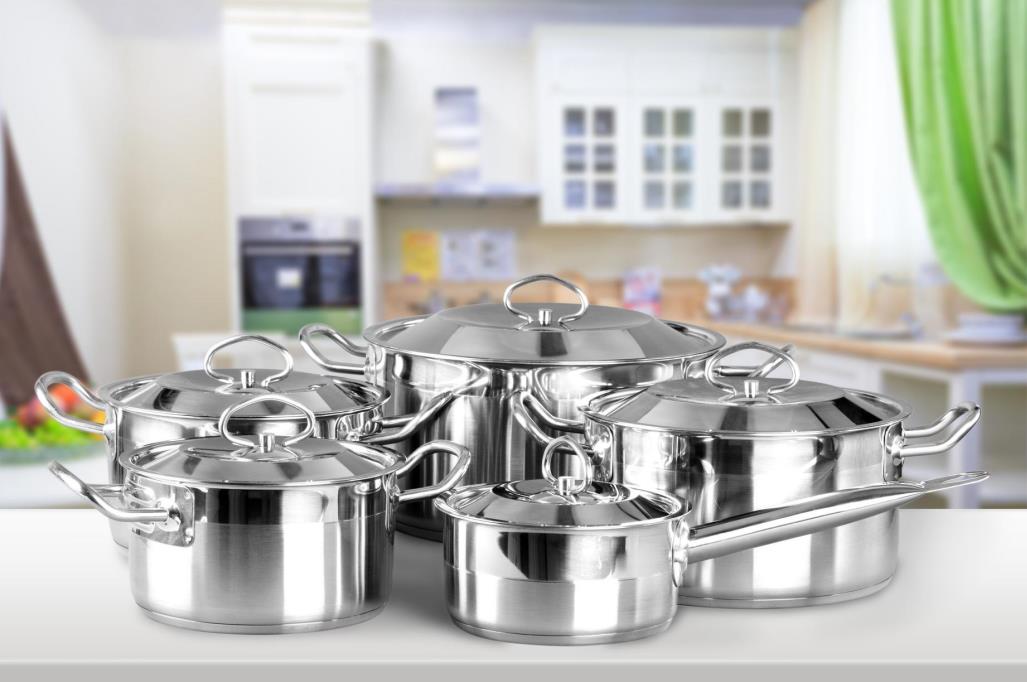
One last thing to note is most stainless steel cookware isn’t completely made from stainless steel. Manufacturers often add layers to stainless steel for better thermal conductivity. In other words, for allowing cookware to transfer heat more efficiently. This construction method is known as cladding. The stainless steel is coated with another material, often aluminum or copper. However, the surface and the base are almost always made from stainless steel.
There are different cladding stainless steel cookware. The kind depends on what the manufacturer decides to clad it with and the number of layers. Terms state how the pan, pot, or skillet is constructed.
Tri-ply refers to cladding stainless steel cookware made from three layers. Typically, the base and the cooking surface are stainless steel, with an aluminum or copper core sandwiched in between.
Five-ply refers to cookware made from five layers, as the name indicates. It’s the same as tri-ply stainless steel cookware but with added layers. It has an extra layer of aluminum or copper and another stainless steel layer at the surface.
The cladding usually covers the entire cookware, but it is only at the base in some products. This enables better heat conductivity and retention, but the sides will heat up unevenly. Consequently, it leads to uneven cooking as the sides aren’t as hot as the rest. An unevenly hot surface can be a significant problem, especially when cooking large batches.
Stainless steel cookware features
- A highly durable material for cookware.
- It is non-reactive – a helpful trait for recipes requiring acidic foods.
- Stainless steel is resistant to rust.
- It can have cladding versions, offering better heat conductivity and retention.
- Although not the costliest, it can make customers with a budget reconsider.
Cast Iron vs. Stainless Steel Cookware
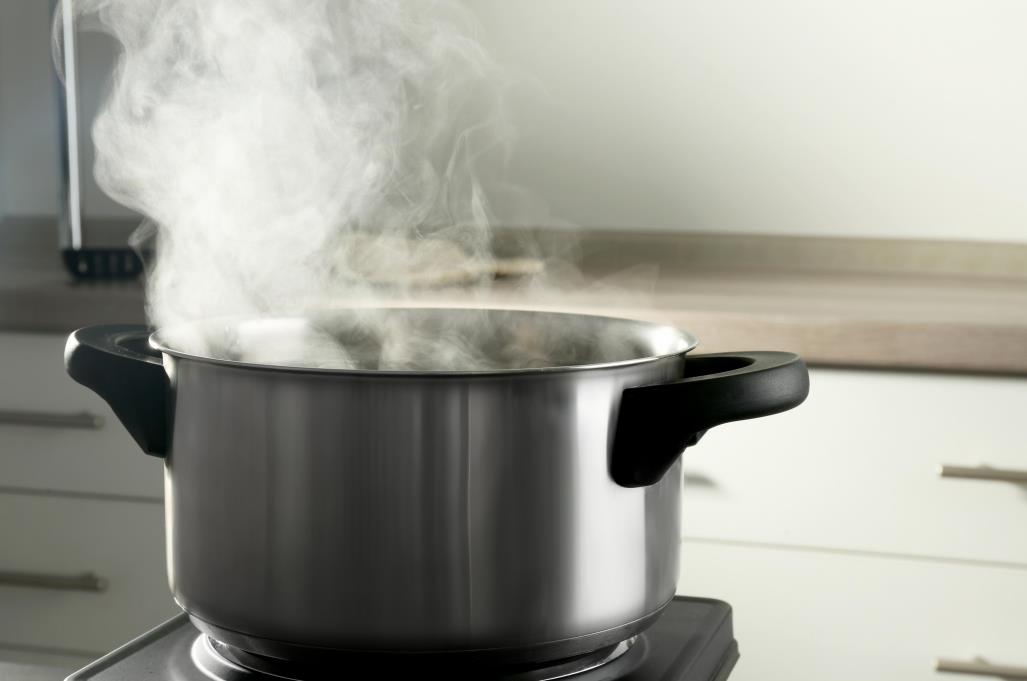
Since cast iron is primarily used for making skillets, we’ll compare the features with this in mind to level the playing field. The following is how cast iron and stainless steel skillets compare, covering essentials in cookware.
- Heat retention: Cast iron’s heat retention is much superior to that of stainless steel. The latter can’t hold heat better but is superior in another related aspect – heat conductivity.
- Thermal conductivity: Stainless steel gets hot much quicker than cast iron. It can get hot in seconds, whereas it will take cast iron a while.
- Searing foods: For searing, cast iron is the most notorious cookware material with excellent heat retention. Still, stainless steel can be the best alternative to cast iron for searing.
- Safety: Stainless steel is non-reactive and corrosion-resistant. Cast iron, on the other hand, can add a metallic taste to foods and rust. Precautions must be taken to prevent either of these from happening.
- Versatility: Cast iron can be utilized with any heating source. It is also oven-safe. The same applies to stainless steel, but some varieties don’t work with induction cooktops and aren’t oven-safe. Cast iron has limitations on what and how you can cook, whereas stainless steel is ideal for any cooking method.
- Price: Acquiring wholesale stainless steel cookware costs more than cast iron. However, the shipping costs associated with the purchases are more with cast iron as it is much heavier.
- Durability: Your customers can expect five to ten years out of stainless steel skillets, while a maintained cast iron will last a lifetime. Even though cast iron outshines stainless steel in this regard, stainless steel cookware is among the most durable.
Buy Wholesale Cookware and Start Scaling up with Us Today
Contact us and connect with a sales rep to get a free quote.
Conclusion
Stainless steel and cast iron are both outstanding cookware materials that provide cooks with different benefits to cook. Both are one of the best cookware materials.
Stainless steel is a more convenient and better material for cooking soup, broth, and other foods that require a deep pot. It’s easy to maintain, heats up quickly, and can be utilized for any cookware type.
Cast iron is one of the leading choices for skillets. Many home cooks and restaurant chefs alike prefer cast iron skillets over others. It’s the first one that comes to mind when thinking about cookware to sear a steak. These aren’t for nothing, as it stays hot for a long time. Cast iron continues to brown foods even after turning off the heat.
Overall, no shop can go wrong with selling both stainless steel and cast iron. There is enough following for both that will bring consistent sales.
If you’re on the hunt for a wholesale supplier to provide you with products to sell, LeeKnives can help you. We offer a wide range of business solutions to stores selling kitchen products, including wholesale, OEM manufacturing, private label, dropshipping, and more. Request a quote today!
